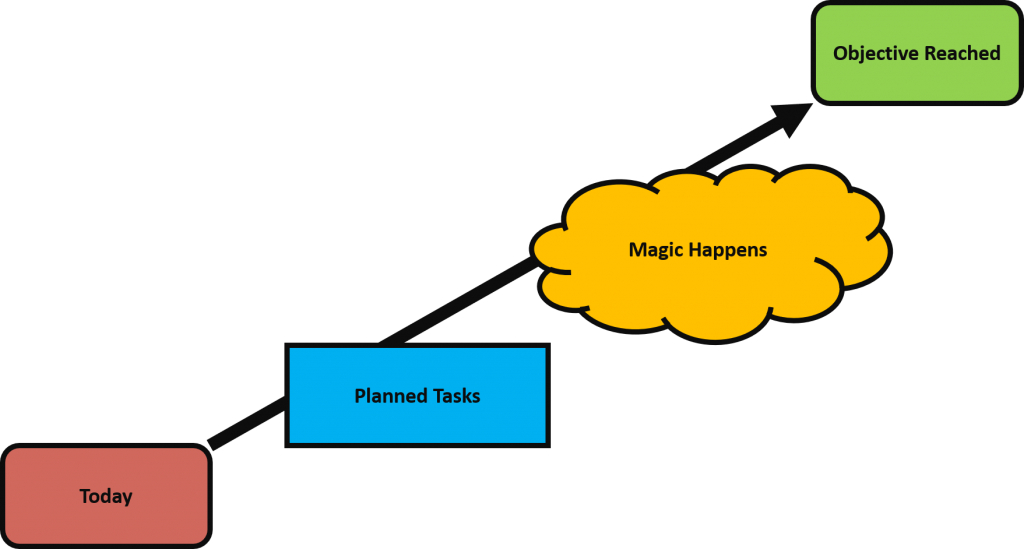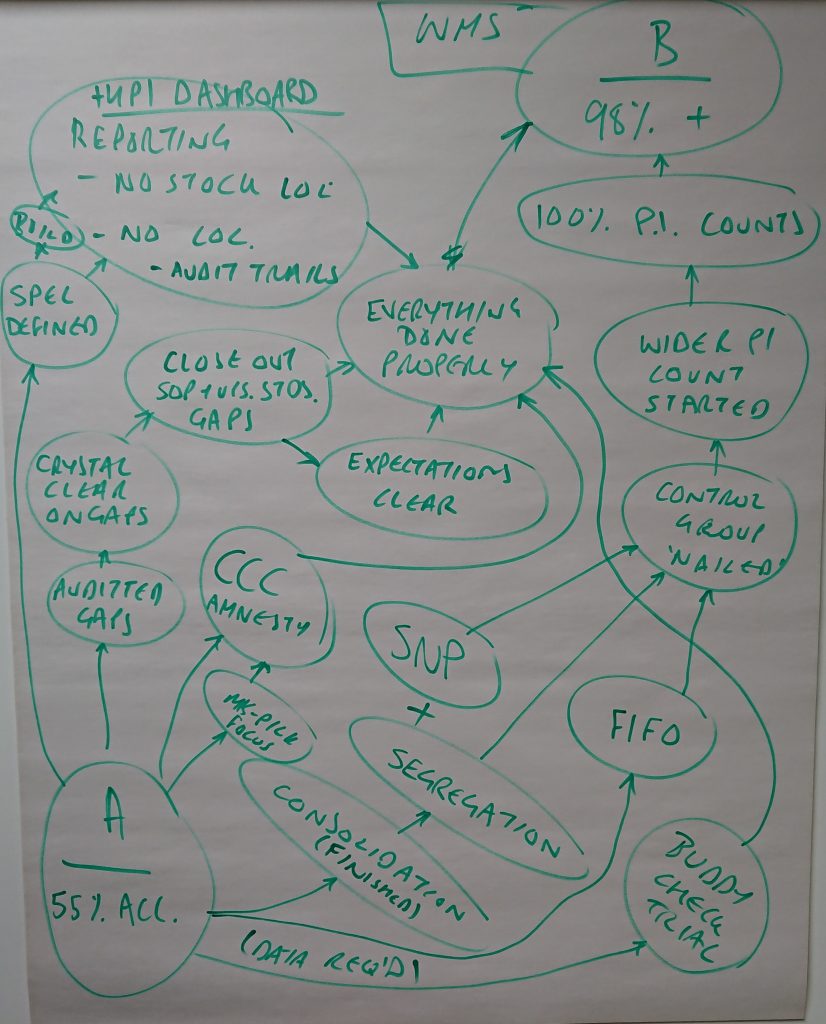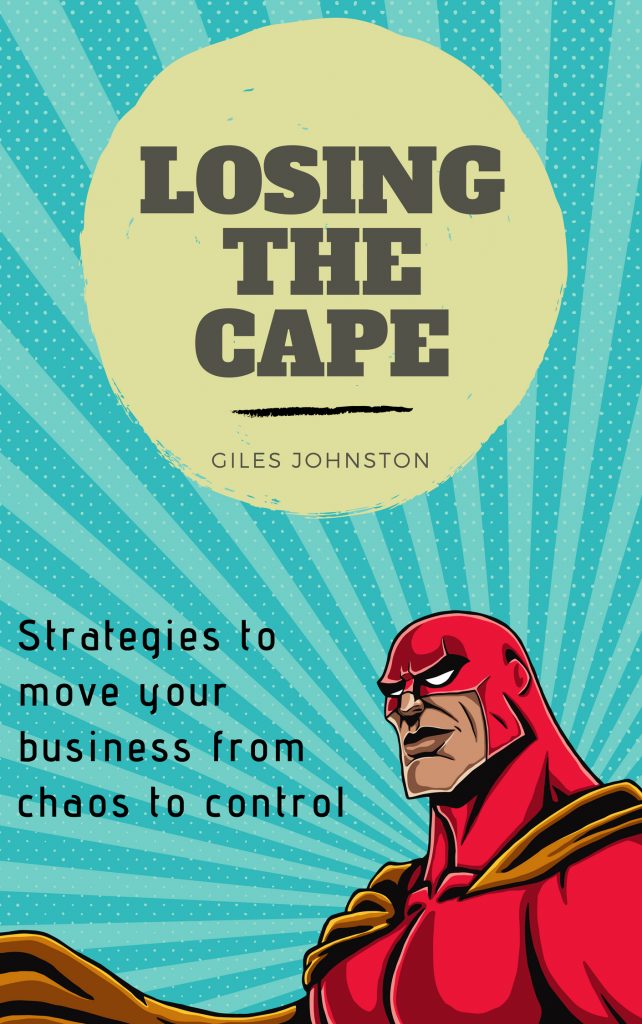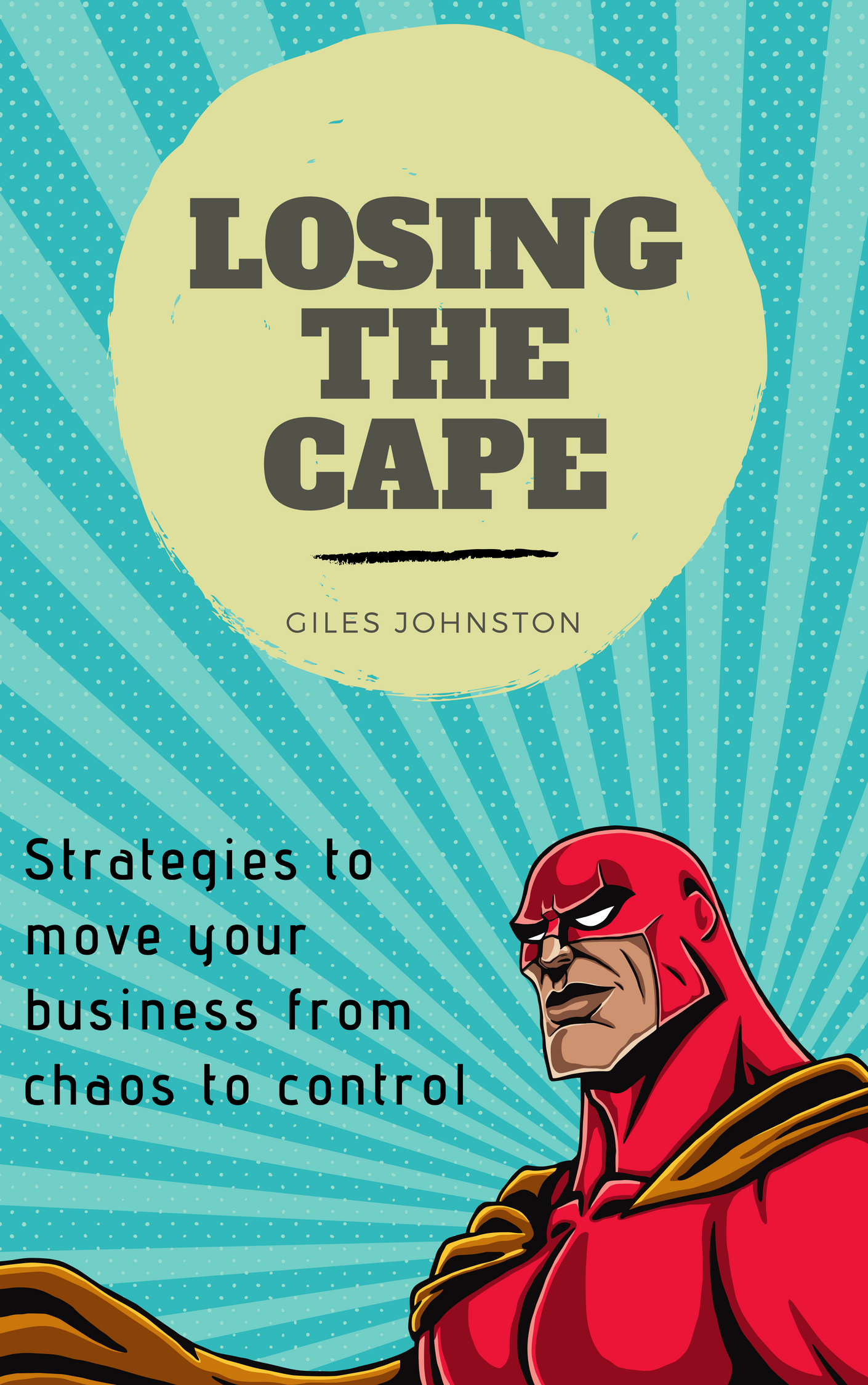The other day I was in an improvement project planning meeting and the topic of the underlying actions came up. From previous discussions I knew that there were a number of actions that needed to take place, which left us with the common problem highlighted below:

Quite often I see that the first few steps of an improvement action plan are solid – we know exactly what we need to do. However, the last two thirds of a project plan are a grey mush where ‘magic happens’, somehow bringing us to a successful conclusion on our projects.
In these cases I like to use the backwards planning approach (often referred to as the B to A method). In this situation we start at the end, with the objective successfully achieved, and imagine our way back to the start. Questions such as ‘what would have happened before this?’ are great questions to ask and can get your team thinking about the chain of events that can lead up to the achievement.
The steps you think through might be generic, but they can be bashed out later to become more specific to your business. The key here is that that all of the steps are identified. An example of this B to A type of thinking can be seen below:

In this case we started in the top right hand corner and imagined our way to the start. Some of the items towards the bottom left hand corner are the known tasks. Once the steps have been identified they can be re-sequenced as required and joined up as shown on the image. This sketch can then be converted into a proper action plan.
Going back to the meeting I was in the other day, the same outcome was reached. Within fifteen minutes we had a plan to achieve my client’s objective. Some of the team were a little sceptical at the start of the process, but by the end they could see light at the end of the tunnel. I can understand where they are coming from, this approach can look a little ‘airy fairy’, but the results are superb.
If you’ve read my book Losing the Cape you’ll know that I am all in favour of not having superheroes in our business pulling us out of every crisis we get into. This approach is in the same vein (B to A is outlined in the book too), why should we have to hope that a superhero arrives to help us achieve our business objectives?
If you are feeling that your improvement projects have too much ‘and then magic happens…’ in them then try out this approach and see if you can gain some clarity over your plans and actions.
It really is a powerful tool for your toolkit,
Giles

